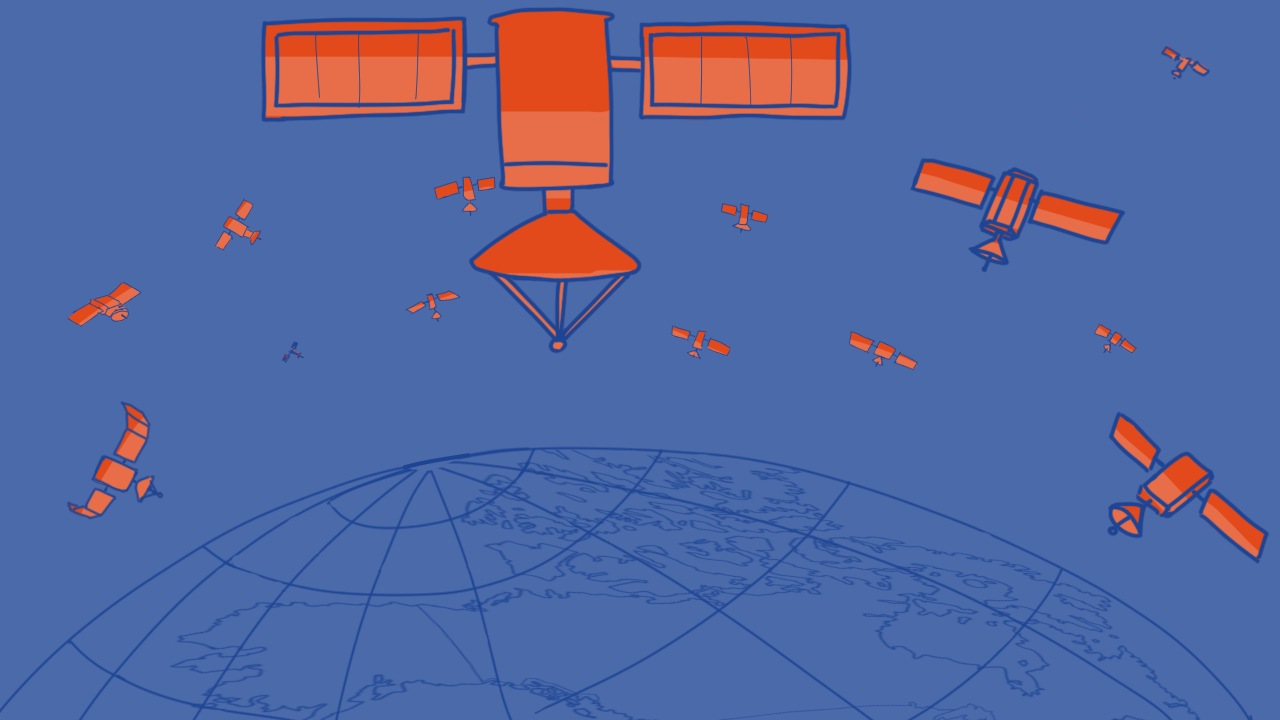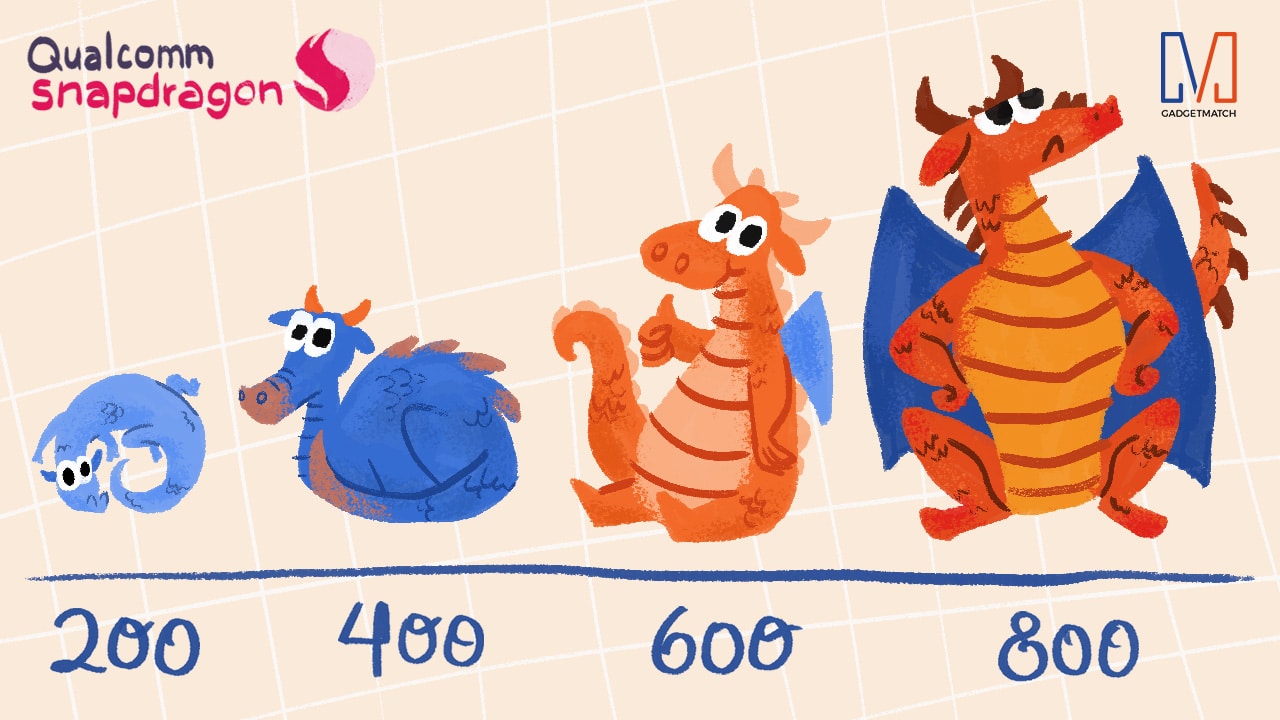
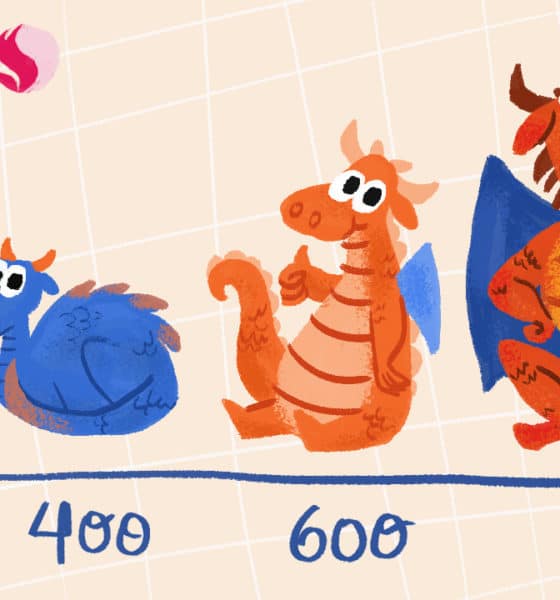
Explainers
Explainer: Differences between Snapdragon processors
Let’s understand what’s inside our phones
In the world of mobile phones, each device is ranked by performance based on what’s powering them. The processor inside your smartphone is constantly working as much as it can to keep your phone running.
Today, especially on Android phones and tablets, the most popular of all mobile processors is Snapdragon from Qualcomm. There are several Snapdragon processors out there, and each model number gets more confusing as new variants come out. Let us help you with that.

First, a brief introduction. Snapdragon is a family of system on chip (SoC) products made by Qualcomm for use in a variety of mobile devices such as phones and tablets. It contains not just a central processing unit (CPU), but also a graphics processing unit (GPU), global positioning system (GPS), modems for LTE and Wi-Fi, and whatever is needed to create a complete chip to power a mobile device. Let’s simply refer to it as a processor so we won’t get too technical.
Not all Snapdragon processors are of the same level. Currently, Qualcomm has four Snapdragon platforms, and they’re classified by three numbers. Each series helps classify what tier (i.e. entry-level, midrange, flagship) the phone belongs to during its launch. Knowing each series also gives us a quick idea of how the device’s performance will fair.
Snapdragon 200 series
The Snapdragon 200 series is the entry-level processor range. As of writing, there are five models under the 200 series: 200, 205, 208, 210, and 212. They are found on low-cost phones and other smaller devices that don’t require much processing power. The latest to be powered by these processors is the Nokia 2 which is a cheap Android smartphone for basic functions.

We don’t see many Snapdragon 200 series-powered phones lately due to competition with MediaTek, another SoC maker that’s known to be found on budget Android devices.
Snapdragon 400 series
Moving up the ladder, we have the Snapdragon 400 series. This series bridges the gap between the entry-level and mid-tier. Like with the 200 series, the 400 series is commonly used for budget devices around the US$ 200 range and also faces tough competition with MediaTek’s offerings.
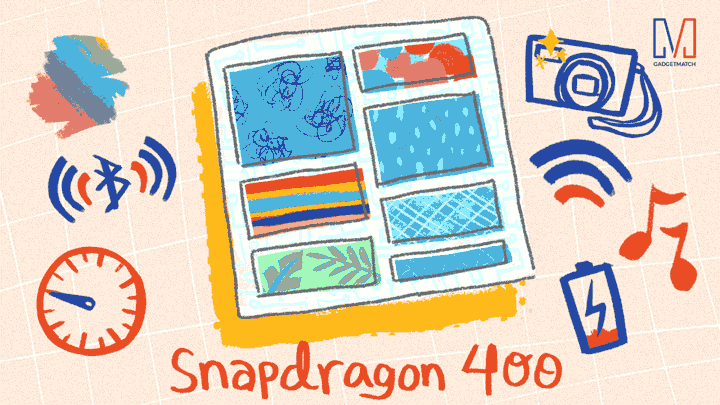
There are a number of models in this series but thankfully, as the number goes up, the specifications and performance do too. Some models in the series don’t differ much with slight modifications in speed and modem features. Also, as high-tier processors get more advanced, the lower-tier processors like the 400 series get the old higher-end features.
Some of the phones in this series are inside the Huawei Y7 Prime and LG Q6 which both have a Snapdragon 435 and the OPPO A71 (2018) and Vivo V7 which have a Snapdragon 450 — the latest and greatest in the series as of writing.
Snapdragon 600 series
Many consider the Snapdragon 600 series to be the most well-rounded in Qualcomm’s family. Why? It offers a great balance between performance and cost. Smart buyers would prefer a great midrange phone rather than an expensive flagship which they would replace in a year or two. That’s where the 600 series comes in. It offers far greater performance than the 400 series and inherits the features of a high-tier processor without the added cost.

There are more model numbers that fall under the 600 series, but the most famous of them all is the Snapdragon 625. It was a game changer when it was announced back in 2016 because it brought the efficiency of more expensive processors to cheaper phones. The Snapdragon 625 is still widely used today since it’s a reliable processor and gives budget phones midrange performance.
Since the introduction of the 625, more manufacturers are relying on the 600 series. The latest releases, the Snapdragon 630/636 and 660, are now even up to par with flagship processors from 2016. The newest phones like the Nokia 7 Plus and OPPO R11s have the Snapdragon 660, while the recently announced ASUS ZenFone 5 has the Snapdragon 636 with artificial intelligence (AI) features.
Snapdragon 800 series
The Snapdragon 800 series is Qualcomm’s top-tier lineup. Flagship phones use the latest Snapdragon 800 series processor at launch. The 800 series is not as confusing as the others because Qualcomm doesn’t release multiple high-tier processors at the same time; they usually announce two per year. Actually, we only had one for 2017 which is the Snapdragon 835 and for 2018, we currently have the Snapdragon 845 so far.
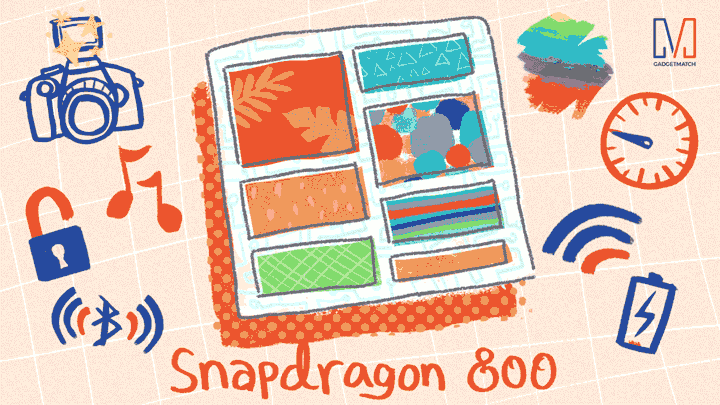
All the newest features are found on the latest 800 series processor. It uses the latest manufacturing process, highest performing graphics unit, best display tech such as higher dynamic range, and has support for the fastest storage and memory. With the trend of artificial intelligence among mobile devices, the Snapdragon 845 even has a neural processing engine dedicated to AI.
The Snapdragon 800 series has the best and most exclusive features, but they come with a price. Since the 800 series processors power flagship phones, it’s always expensive to afford one except those from Xiaomi and OnePlus.
Since we’re still in the first quarter of 2018, there aren’t that many phones available with the latest Snapdragon 845 but the list already includes the Samsung Galaxy S9, Xperia XZ2, and ZenFone 5Z. Last year’s Android flagships were all powered by the Snapdragon 835 like the OnePlus 5T, Google Pixel 2 XL, LG V30, and HTC U11+.
Ranking of the processors
At this point, it’s pretty obvious that the 800 series is the best performer of the bunch since it always gets the latest features and advancements in mobile processors. But let’s not belittle the capabilities of the 600 series which vastly improves with every release. Since it’s the next in line, whatever the 800 series has will soon be available to the 600 series. There are even rumors about a 600 series processor based on the same 10nm manufacturing process of the Snapdragon 835/845 which will be a big deal for midrange phones.

The 400 series is there to draw the line between upper-midrange and lower-midrange phones. Gadgets powered by a 400 series processor, especially the latest Snapdragon 450, aren’t totally inferior to any of the 600 series-powered devices, though. The 400 series is also picking up from where the 600 series was every year. If the phone has a 200 series processor, don’t expect much. It’s really designed to cover the basics while keeping up with faster LTE speeds.
How the new low-tier processors are catching up to the old mid-tier processors
It may seem easy to rank the processors based on what series they belong to but, as mentioned earlier, lower-tier processors inherit the features of higher-tier processors. Also, a higher number doesn’t always mean better. The best example would be the Snapdragon 625 and the new Snapdragon 450. The Snapdragon 450 was announced a year after the Snapdragon 625, but they are practically the same. The only advantage of the 625 over the 450 is a slightly faster clock speed for marginally better performance.

Then there’s the Snapdragon 630 and Snapdragon 652. You’d think that the 652 is better than the 630, but it isn’t. The Snapdragon 630 is newer, more efficient, and performs better all around. We can’t blame you for the confusion because the Snapdragon 652 is formerly known as the Snapdragon 620. It is Qualcomm who brought up the confusion by renaming older processors
What about Kirin, Exynos, and MediaTek?
Before we wrap up, let’s be clear that Snapdragon is not the only mobile processor on the market. They might be widely used on phones, but even phone manufacturers themselves make their own: Samsung has Exynos which powers the Galaxy S9 in some markets while Huawei is quite loyal to the Kirin processors found on most of their phones.

Both Exynos and Kirin can match the performance of Snapdragon processors, thus making the phone market more exciting for consumers but fragmented for developers. Then there’s also MediaTek that’s quite popular among budget devices. They also have high-tier processors but they’re yet to make a dent in Snapdragon’s share.

Explainers
ChatGPT Explained: Should we be scared of AI?
Will the talking robot take over the world?

Back in the earlier days of the internet, an emerging but short-lived trend involved chatbots who could generate conversation with whomever it talked to. Does this sound familiar? Today, a similar phenomenon is creating a lot of waves online, headed by the infamous ChatGPT. The exceedingly popular ChatGPT is turning heads out of fear that the technology will eventually upend society and eradicate a lot of jobs.
But what exactly is ChatGPT? How is it different from language programs in the past? Is the world right to worry about them?
On the rise of language learning
ChatGPT is hardly the first software to inexplicably generate comprehensible dialogue without human intervention. Decades ago, the internet hosted rudimentary versions of today’s chatbot technology. The concept is somewhat similar, though. The early versions relied on a database of responses from human users. If you asked about coffee, for example, the answer you get will likely come from the logs of another user who talked about coffee in the past.
Because the system was imperfect in its infancy, part of the appeal was trying to get the software to fumble a conversation. However, if it did mess up, you can count on it asking you what it should have said. The next time someone asks the same question, the software might mirror what you said, creating a learning process between the software and the user.
Today, chatbots — meaning those usually used by businesses today — operate in the same way. If a customer comes with a query, the software will rely on a set of responses to most appropriately address the user’s problem. If the software can’t come up with a solution, the ball usually gets passed on to a human consultant.
Is ChatGPT just another chatbot?
Though the label certainly gets thrown around, ChatGPT isn’t strictly a chatbot. Instead, the software uses GPT-3.5, a specific language model created by OpenAI. Whereas early and more rudimentary versions of the same technology can already store an unbelievable amount of information in its memory, ChatGPT can analyze billions of words and the relationship between them.
Further, OpenAI extensively trains the software, ensuring that comprehension and grammar can live up to today’s standards. The learning is supervised. In fact, the company even has a makeshift reward system to ensure that the software puts out the most appropriate response. With users also contributing to the software’s learning process, ChatGPT is quickly emerging as a powerhouse for the technology.
The results speak for themselves. While users can generate simple conversations with the software, ChatGPT can just as easily answer more extensive queries with lengthier responses. If you ask it to create an essay about Christopher Columbus, for example, it can write a lengthy piece that can easily fool a casual reader. It can even handle more speculative queries. In a sample published by the developer, ChatGPT can answer what would happen if Columbus discovered America in 2015.
What’s it good for?
Based solely on what the software can do, ChatGPT can find its purpose in today’s world. The software can improve voice assistants and chatbots all over the internet. It can make big strides in the world of automation, enabling a more responsive interface between user and software.
On a more human aspect, the software can also handle more professional jobs with simpler prompts such as those involving simple marketing copy. It can help with more ephemeral research efforts, allowing users to get simple answers for otherwise complex questions.
And, on a more technical side, ChatGPT can reportedly analyze and detect what’s wrong with a piece of coding. With the software, developers can use ChatGPT to potentially repair code without having to pore over every single line. Allowing a powerful tool to inspect code speaks volumes for a lot of applications all over the world including smart vehicles and technical machinery.
However, as with every piece of technology, users will always find a way to use something beyond what it was originally designed for. ChatGPT is now changing the world of education as students are using the software to do their homework for them. Though a lot of the sample texts look like they can fool only lower levels of education, a Wharton business school professor (via Business Insider) recently stated that he would have been fooled by a ChatGPT essay, grading a sample with a passable grade of B or B-.
Should we be scared of ChatGPT?
ChatGPT is undoubtedly rocking the world of education. While some schools have banned the technology outright, others are debating on the software’s impact on how schools are taught. Since ChatGPT deals out more factual information, could education reinvent itself to teach more personal, tailored learning, rather than just the ability to spit out memorized facts. (“Factual” might even be an exaggeration. CNET, which recently experimented with AI-written articles, discovered a plethora of errors from using the software.)
Now, education isn’t the only world in peril. The creative industry is facing an extreme challenge wherein ChatGPT can potentially cause workers their jobs. Though the danger certainly seems real, the limitations of technology are also real. ChatGPT can create comprehensible text that can fool a human, but it will likely stumble with conceptualization.
A piece of software is just software. Even if it can write an essay about existentialism, it cannot think of the concept metaphysically. In the same way, even if it can show you a photo of a parrot, it cannot think of that photo as anything but a pattern of pixels. To a language learning software, words don’t mean anything else besides their relationship with each other. It’s the same thought process as a dog learning to run to its human when its name is called. The dog doesn’t know that you just said its name (or even the mere concept of a name); it just knows to do a certain action after hearing a specific sound.
Can ChatGPT change the world? Overall, the jury is still out, but it’s unlikely that a piece of learning software can do much to replace human-centric work. Regardless, it’s important to think of how ChatGPT can improve (or detriment) humanity.
Like with other supposedly dangerous technology, the world of technology is a Pandora’s box. We can never put the genie back into the bottle. Once it’s out, it’s out. Instead of worrying about how technology can destroy the world, the more appropriate response is to figure out how it can better humanity without sacrificing anyone’s wellbeing in the process.

When you’re looking to buy a new device, which specs should you pay attention to? Which upgrades should you consider?
In this video instead of reviewing the latest new smartphone, we’re going to talk about its unsung hero: RAM.
We partnered with @MicronTech to help you understand all the magical things that you get to do on your smartphone thanks to internal memory and storage.
To find out more about Micron’s mobile memory and storage solutions and how they’re bringing mobile innovation to life, visit https://www.micron.com/solutions/mobile or watch our explainer video.
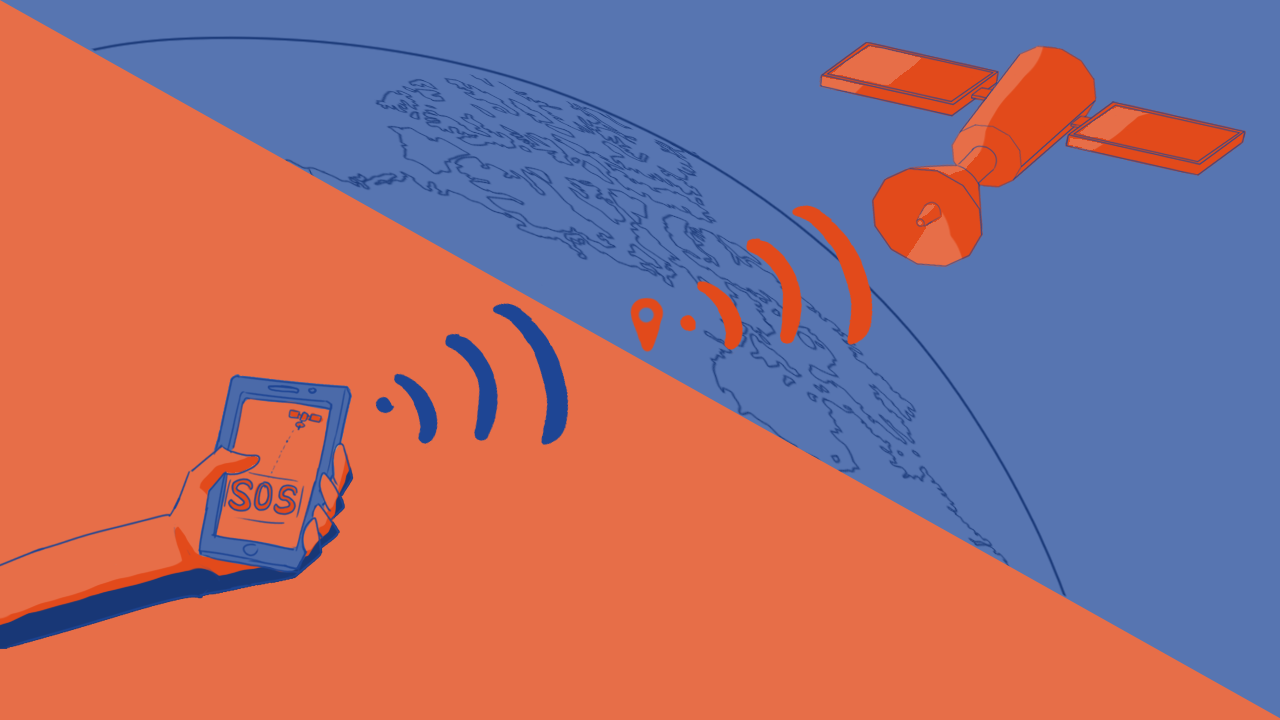
If you watched the latest Far Out event from Apple, you might have noticed the debut of a new technology coming to smartphones: satellite connectivity. Though Apple has made the biggest deal of the new feature, the technology has existed even before Apple’s announcement. In fact, various smartphone makers are also announcing their own takes to go along with Apple’s satellites.
But what exactly is satellite connectivity? Before the world gets more of the new feature, let’s take a look at this emerging technology.
Look at the sky
The night sky is filled with satellites. Though you might not see any of them with the naked eye, they are all there in low Earth orbit (LEO). As you might imagine, their uses are aplenty. Most attribute LEO satellites to imaging, navigating, and measuring data. However, one emerging use is the improvement of connectivity for consumer devices.
Now, the biggest proponent of satellite internet is Starlink, a project of Elon Musk’s SpaceX. With over 300,000 satellites, the company’s satellite constellation provides internet to several countries including areas with low coverage. In fact, the company’s services are already somewhat in the Philippines.
Satellite internet does have its benefits. While the service isn’t the fastest, it offers connectivity that regular towers can’t normally reach. Imagine being out on a hike but you suddenly remember, oh my God, you left your stove running at home. Satellite internet will allow you to connect to the internet and notify a neighbor to check if your apartment has any wayward burn marks running up its walls.
Quite a feat, isn’t it? But is this what Apple just launched?
SOS, please someone help me
Contrary to what you might think, Apple’s new satellite connectivity doesn’t offer internet. It’s also not Starlink. Instead, it’s a simple SOS messaging service through the Globalstar satellite constellation. It won’t solve your faulty 5G service. However, it’ll help you in a pinch if you find yourself lost in the middle of nowhere.
Once again, imagine you’re out hiking. Suddenly, you fall down an unseen slope and break your ankle. You find yourself miles and miles away from civilization, and no one knows where you are. Apple’s satellite connectivity can help you send an SOS message to the authorities.
Here’s how it works. When you’re in a predicament, fire up the feature and point your phone towards the satellite nearest you. (Don’t worry; the phone will tell you where it is).
Now, it might take a few seconds to a minute before the phone can connect to a satellite — especially if the skies aren’t clear or if you’re underneath a canopy of trees. It might not even connect if the skies are completely obstructed. Regardless, while it tries to connect, the phone will ask a series of questions including who needs help and if anyone was harmed. This helps the phone craft and compress the necessary information for your message.
Because the service is only for emergencies, you can’t write an essay. Apple says that it will squeeze messages three time as small to ease transmission. It’s a wide-reaching 911 call for when you can’t actually call 911.
After compressing the message, the satellite will then beam the message to a nearby relay station on the ground, which will alert authorities for you.
Who can use it?
Naturally, only Apple users who have the latest devices will have the feature for now. Also, because it’s so new, it’s only coming to the United States and Canada with the upcoming iOS 16 update later this year. Of course, it might arrive to other territories soon after the initial launch.
China, however, is a no-go. Huawei launched its own satellite connectivity, packing the feature in the new Mate 50 series. If you’re in mainland China, you’ll have to use Huawei’s services.
Interestingly, Apple made it a point to say that the feature is free for the next two years. The implication seems clear: Users might have to fork over cash to keep the feature once the two years are up. Now, if you’re celebrating the coming of this arguably essential feature, the possibility of a paywall might leave a sour taste in your mouth. Should companies gatekeep who gets to send emergency messages in their time of need?
Passing fad or the future?
If you’re not a regular hiker, satellite connectivity might not appeal to you. However, it’s still interesting to wonder if the technology will make an impact outside of Apple. And it does seem that way.
It’s no coincidence that a few brands, including Apple and Huawei, have suddenly launched their own satellite connectivity features within a short span. Companies are putting a lot of money into the future of satellites. Very likely, Apple won’t be the last company to adopt the new feature.
Emergency satellite services are essential. Even if you don’t hike, you’ll never know when you might get into a precarious situation without cell coverage. Satellite connectivity mitigates that risk.
Now, how will the technology evolve beyond emergency services? Coupled with the efforts of Starlink, the early stages of satellite connectivity proves the concept of a satellite-laden future. Currently, a lot of services still struggle with the lack of towers in certain locations. The aid of satellites creates a future that won’t need towers everywhere. Though speed might be an issue, connectivity won’t.
That future is quite a possibility. However, it will also come with a host of questions. With space limited to only a handful of providers, will companies launch more satellites to address the potential need? How will space look like then? Will it just be a wasteland of used satellites? How much will everything cost? Though it’s coming, the future still has much to clarify.
Illustrations by Garel Perpetua.
-
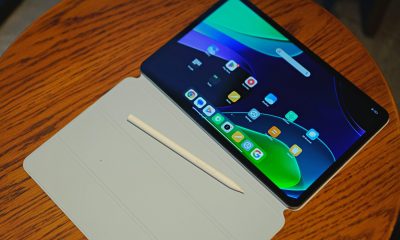
 Reviews2 weeks ago
Reviews2 weeks agoThe Xiaomi Pad 6 is great for the editor on-the-go
-
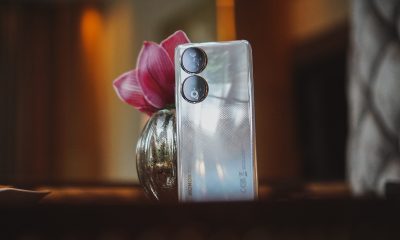
 Reviews2 weeks ago
Reviews2 weeks agoHONOR 90 review: Simply bedazzling
-

 Gaming2 weeks ago
Gaming2 weeks agoRefurbished Steam Decks are now available through Valve
-

 Health2 weeks ago
Health2 weeks agoRedmi Watch 3 Active: Basic but better
-

 Gaming2 weeks ago
Gaming2 weeks agoRockstar officially partners with Grand Theft Auto V roleplay servers
-

 Gaming2 weeks ago
Gaming2 weeks agoPlayStation 5 Slim supposedly leaked online
-

 Entertainment2 weeks ago
Entertainment2 weeks agoCatch Cinemalaya 2023 films at Ayala Malls this weekend
-
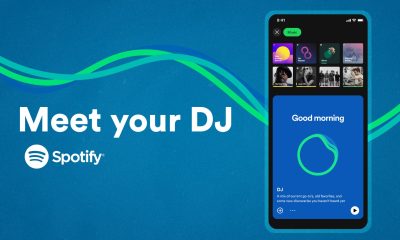
 Apps2 weeks ago
Apps2 weeks agoSpotify DJ feature now available in the Philippines







